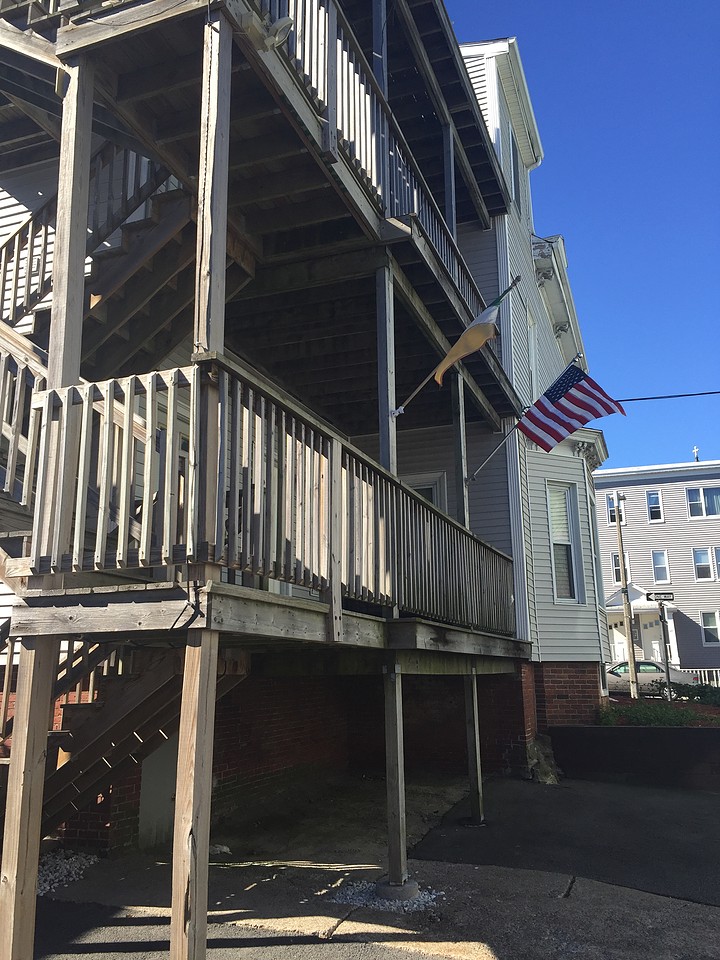This fall I’m moving… again. My fifth “residence” since graduating college will be to a cozy three-bedroom in Sommerville, MA. While no luxury apartment, it’s pretty fancy compared to my parent’s basement (Cellar Dwellers Unite!), a grad school dorm where adults regress to freshman status, full-size bunk beds on the Lower East Side (full-size bunk beds are a real thing), and a bedroom that was actually a closet found somewhere deep in a Brooklyn craigslist. Despite all the quirks that came with each dwelling place — communal showers, head whacks on the top bunk, et cetera — each one was home in some special way.
When most of us stop and think about it, our home, and the people who share it with us, defines a lot about our lives. It’s the physical space where we greet each day. It’s the people who we clock the most hours alongside. It’s where we welcome guests, cozy up to when we’re sick, and retreat at the end of a long week.
But, for many adults with disabilities, a suitable home is hard — sometimes almost impossible — to come by. In the time that I moved five times, hundreds of thousands of individuals with disabilities across the U.S. have sat on housing waitlists. They’re waiting, often many years, to make just one crucial move, the move out of their parent’s home into the community or independent living.
While education of individuals with disabilities is guaranteed through mandates like the Individuals with Disabilities Education Act, support and services including housing aren’t guaranteed in adulthood. Once an individual with disabilities turns 21 they exit the public education system and enter the challenging and underfunded world of adult services. The support they receive is dependent on funds available, their determined level of need, and the programs and services in their region. Even families who start planning for this transition long before the 21st year find themselves without placement options on that bittersweet birthday.
The most obvious issue here is funding and availability. With the current funding structure and housing offerings, most states are finding there simply isn’t enough public funding to support placements and support services for the high number of individuals with disabilities who need it. As state, developmental services budgets are cut and numbers of adults with disabilities increase, the challenge is only growing over time.
While funding increases (or at least preventing budget cuts) are a key part of the solution, it will only incrementally address the growing waitlists for housing services. Last year in my home state of Connecticut, parents, advocacy organizations, and the disability caucus within the state legislature fought hard for $4 million in funding for DDS to support housing. And while an important step, that $4 million only placed 100 people off the waitlist of almost 4,000 at the time. Funding alone won’t likely fix the problem.
So, many people have taken it upon themselves to innovate new solutions to housing placements — experimenting with different operational structures, engaging private funders, rallying parent support, and innovating new housing models.
This summer, with support from the Harvard Joint Center for Housing Studies and the Center for Public Leadership, I’ll be visiting some of these housing innovators. By understanding what makes these innovative models effective and what challenges these providers to face in their efforts, policymakers can better support new solutions for the disability housing crisis.
Individuals with disabilities and advocates have been fighting for thoughtful supports, inclusion in communities, and independent living since the 1960s “based on the premise that people with even the most severe disabilities should have the choice of living in the community.” The challenge isn’t new, but the solutions will need to be.
